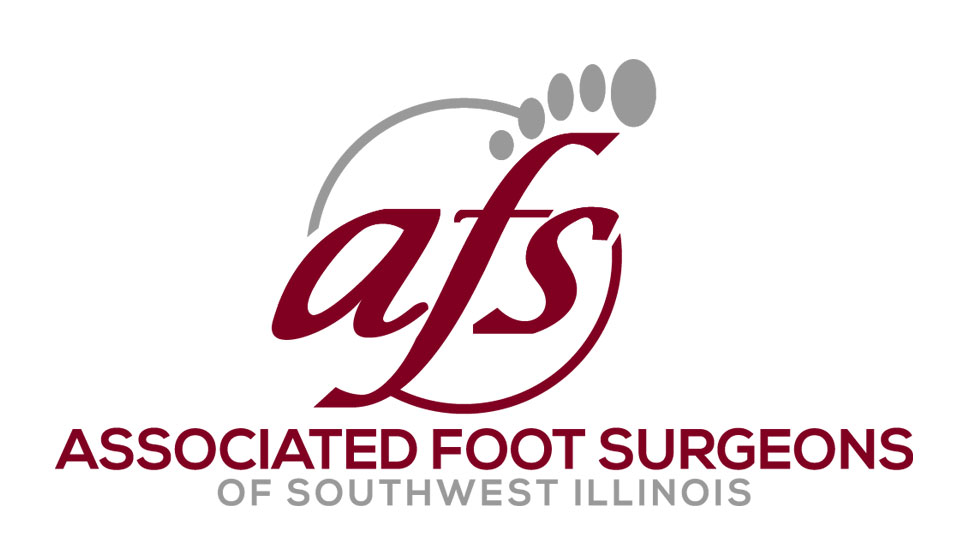
Poor Circulation or Peripheral Arterial Disease
Conditions We Treat
What is a Peripheral Arterial Disease or P.A.D.?
Commonly referred to as “poor circulation”, Peripheral Arterial Disease (P.A.D.) is the restriction of blood flow in the arteries of the leg.
Signs and Symptoms
Common symptoms of P.A.D. include:
• Leg pain that occurs while walking
• Leg pain that occurs while lying down
• Leg numbness or weakness
• Cold legs or feet
• Sores that won’t heal on toes, feet, or legs
• A change in leg color
• Loss of hair on the feet and legs
• Changes in toenails – color and thickness
Risk Factors
Because only half of those with P.A.D. actually experience symptoms, it is important that people with known risk factors be screened or tested for P.A.D. The risk factors include:
• Being over age 50
• Smoking (currently or previously)
• Diabetes
• High blood pressure
• High cholesterol
• Personal or family history of P.A.D., heart disease, heart attack, stroke
• Sedentary lifestyle
Diagnosis
To diagnose P.A.D., the foot and ankle surgeon obtains a comprehensive medical history of the patient.
Treatment
Treatment for P.A.D. involves lifestyle changes, medication, and in some cases, surgery.
Read More
 At Associated Foot Surgeons, our priority is to deliver quality care to informed patients in a comfortable and convenient setting.
At Associated Foot Surgeons, our priority is to deliver quality care to informed patients in a comfortable and convenient setting.